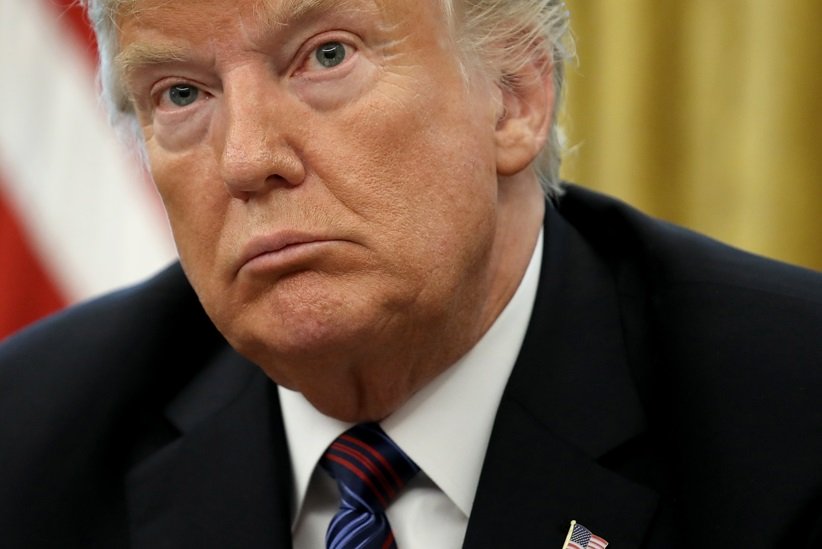The final written arguments in the Mullaperiyar case submitted by Kerala before the Constitution Bench of Supreme Court mainly contained technical and legal aspects. The following are the written legal aspects of the arguments of Kerala in support of its case before Supreme Court:
Madras ceased to be lessee on 15/08/1947, since the Agreement of 1886 was terminated by Sec7 (1) (b) of the Indian Independence Act, 1947.
Tamil Nadu claimed in Supreme Court that even though Secretary of State of India in Council signed lease deed, they became successor by Sec.177 of Government of India Act. 1935.
But Kerala pointed out that Section 177 of the Government of India Act, 1935 was omitted by India ( Provisional Constitution ) Order 1947.
Affidavit of K. Jayakumar, Addl Chief Secretary, Government of Kerala asserted that – “ as per Article 294 (b) of the Constitution , the successor of Dominion of India is Government of India. Hence Government of Tamil Nadu cannot claim successor right.
Standstill Agreement of 1947 continued all agreements signed between Dominion of India and State of Travancore in which Madras was not a party.
Princely State of Travancore ceased to exist after its merger with the United State of Travancore and Cochin – (Dr. Baburam Saxena Case-1950)
In that altered circumstances , the rights of Tamil Nadu under the agreement of 1886 are entirely incapable of execution.
In Dr. Baburam Saxena Case ( 1950) , Supreme Court had held that – “ When as a result of amalgamation or merger, a State loses its full independent power of action over the subject matter of a treaty previously concluded, the treaty must necessarily lapse.”
Moreover, Indian Independence Act, 1947 and Government of India Act, 1935 were replaced by the Article 395 of Constitution without any savings.
Tamil Nadu’s reliance on Section 108 of State Re-organisation Act, 1956, will not hold water since this is not an agreement between “existing states”
What is “existing States'' is defined in Section 2(g) of the States Re-organisation Act, 1956. Hence, Lease Deed is not between existing states.
Even if the Lease Deed is survived by 1970 Agreement between Executive Heads, Section 108 of State Re-organisation Act, it is not a permanent fetter on Kerala Legislature.
Kerala’s assertion that Mullaperiyar is an interstate dispute in 2006 case, does not mean that we agreed that Periyar is an interstate river.
Indian Constitution treats river and river valley as separate entities (See Article 262). Hence valley rights are different from river rights.
Tamil Nnadu’s witness clearly admitted in Supreme Court that entire length of 244 km of Periyar River flows through State of Kerala. Hence it is an intrastate river.
The new dam proposed by Kerala meets the ends of justice under Article 142.
Supreme Court recently pronounced in the State of AP Vs State of Maharashtra ( 2013 ) that to grant injunction, the complaining State has to establish that threatened invasion of its rights is substantial and of a serious magnitude . Tamil Nadu has not proved any injury due to water level reduction in Mullaperiyar.
Contrary to that, Tamil Nadu’s witness R. Subramanian admitted during cross examination in Supreme Court that irrigation area and water diversion had increased.
Kerala Legislature is competent to override contracts and regulate safety of the Mullaperiyar Dam situated within its territory across Periyar.
“The Public Trust Doctrine in the Water Rights Contexts" asserts the rights of State over the rivers and its bed even after its grant.
Public Trust Doctrine clearly states that the State is having a “ duty of continuing supervision" over such waters even after granting it.
Decision of Kerala Legislature to declare the 22 dams as endangered dams is based on their ‘age’ and is a decision of public policy.
Public policy can be fixed only by the people acting through their elected representatives. Kerala has cited a famous decision of US Supreme Court on this.
Legislative judgment of Kerala Legislature is not illusory. In the famous case of American Trucking Association Vs Thomas D. Larson (1982) US Supreme Court opined that – “ We believe that the halls of the State Legislature are a more appropriate forum for resolution of these disputes than are walls of judge’s chambers. Because, the legislative process itself involves balancing the benefits to the public interest.”
How much risk Kerala society is exposed to is a matter to be checked by the Kerala legislature.
Kerala Legislature is competent to remove the basis of the judgment and neutralize its effect if it acts within its constitutional powers .
One of the most famous cases at separation of powers in United States is State of Pennsylvania Vs the Wheeling and Belmont Bridge (1855).
The legal principle established by the above case is known as “ Wheeling Bridge Principle ‘ in US legal paradigm. In that case , Court held that Wheeling Bridge was an obstruction when considering the navigation . This was overruled by a legislation by State of Pennsylvania by retaining the Bridge as a lawful construction. In subsequent litigation , Court upheld that the private rights established by a judgment can be altered by the State through subsequent legislation to protect public rights.
In nutshell, private rights passed into judgments but not public rights! Here safety of people is a public right guaranteed by Article 21 of Constitution .
Wheeling Bridge Principle has been followed in Clinton Bridge Case (1870) and Miller Vs French ( 2000)
Right to storage of Tamil Nadu under the Agreement of 1886 ( if enforceable) is subject to the right to safety of the people living in the downstream of Mullaperiyar dam which is a fundamental right guaranteed under Article 21 of the Constitution.
The right being a public right could not have passed into the judgment (Mullaperiyar Environmental Protection Forum Vs UoI ) 2006.
The Agreement of 1886 is a political arrangement and an act of State. Such agreements are not justifiable in courts of law.
Enforcement of the rights under the Standstill agreement/ merger convent is barred by Article 363 of the Constitution. This is very clear from the decision of the Supreme Court in the case of Veerender Singh Huda Vs State of UP (1955), which is as follows-
“ Now it is undoubted that the accessions and the acceptance of them by the Dominion of India where acts of State into whose competency no Municipal Court could enquire, nor can any court in India, after the Constitution , accept jurisdiction to settle any dispute arising out of them because of Article 363 and the provision to Article 131”. Hence Mullaperiyar deed is not enforceable in judgment of 2006. It is held that bar of Article 363 is not applicable to Mullalperiyar issue citing the Madhava Rao Vs Union of India case.
But in the said case, only second limb of Article 363, read with Article 362 and 291, was under consideration where as the present case concerns first limb of Article 363 and the provisions to Article 131 of the Constitution, which bars jurisdiction of Supreme Court.






Comments